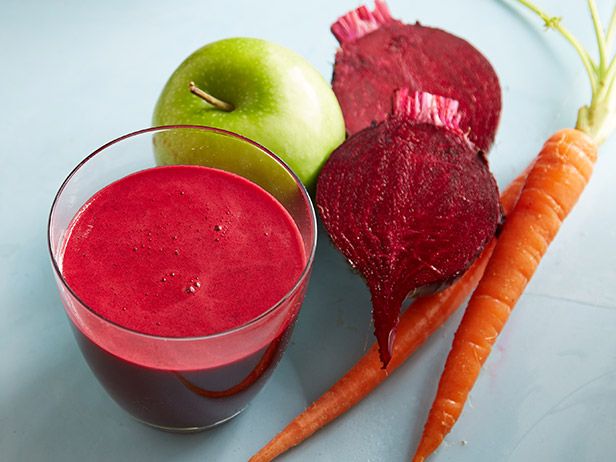
From cold-pressed to supermarket varieties, the juice craze has really taken off. Cold-pressed juiceries are popping up everywhere and juice cleanses claiming to help with weight loss are on the tips of everyone’s tongues. The idea that all you have to do is drink your veggies to get a high dose of nutrients is appealing. It seems much more simple to down a bottle of juice vs. sitting down to chew your food. But is it as really as healthy as it’s hyped up to be? Is the hefty price tag worth it?
Whether juiced at home, from the supermarket, or cold-pressed, all juicing methods get rid of the pulp from fruits and vegetables, keeping only the juice. There’s a lot of confusion about the health benefits of juicing -let’s weigh in on the pros + cons, and debunk some myths:
| Cons | Pros |
|
|
The Verdict
Juice is perhaps not the ‘miracle worker’ that it’s hailed to be. But all in all, juices can be part of a healthy diet. Just remember that juice doesn’t replace the goodness of fresh fruits and veggies. For optimal health, your best bet is to eat a balanced diet, get your recommended dose of fruits and veggies (7-10 servings daily) and enjoy juice in moderation.
What to Look for in Juices
- Veg out: If you are looking to drink juice, choose one with mostly vegetables (think spinach, kale, beets, carrots, etc) and limit to juices with ½-1 cup of fruit. This helps you avoid the sugar rush that you would get from drinking one with mostly fruits.
- Read the label: Whether the label says that ‘no sugar has been added’ or it’s ‘all natural’, check the sugar content of your juice. As a rule of thumb, remember that 1 tsp of sugar is equal to 4g sugar. So if there’s 28g sugar/serving, this is still 7 tsp of sugar that your body is dealing with at once.
Flavour without Compromise: Tips for Other Flavourful Beverages
- Freeze herbs and fruit in ice cubes and add to water to jazz it up
- Add a splash of juice to water or carbonated water for sweetness
- Opt for flavoured, unsweetened soda water
Smoothies: How do they compare?
Smoothies tend to be a better balance of nutrients and for this reason, can be a much better option for a quick meal on the go. Since the fibre is still there, it will slow down the rate that sugar hits your bloodstream. There’s also more flexibility to add in more nutrients like protein from nut butter, Greek yogurt and additions like milk, flax, chia seeds, and more. For ideas on how to build a well-balanced smoothie, check out Satisfying Smoothies: How to Build the Perfect Blend.
Thank you to my student Volunteer, Naomi Oh, for her hard work in helping to put this together!
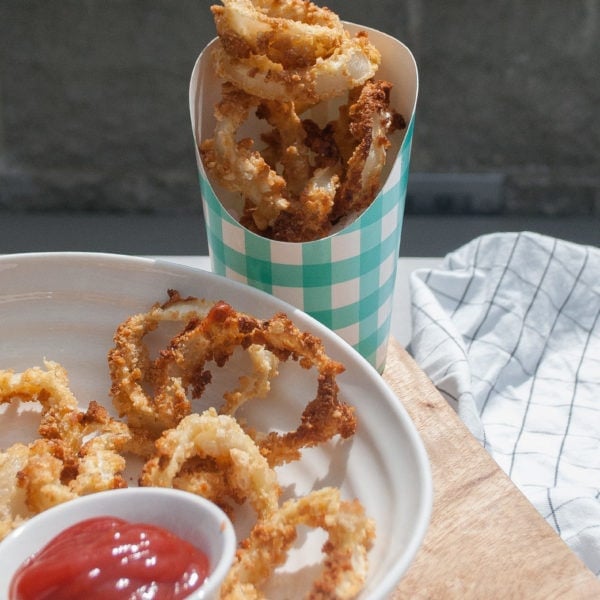
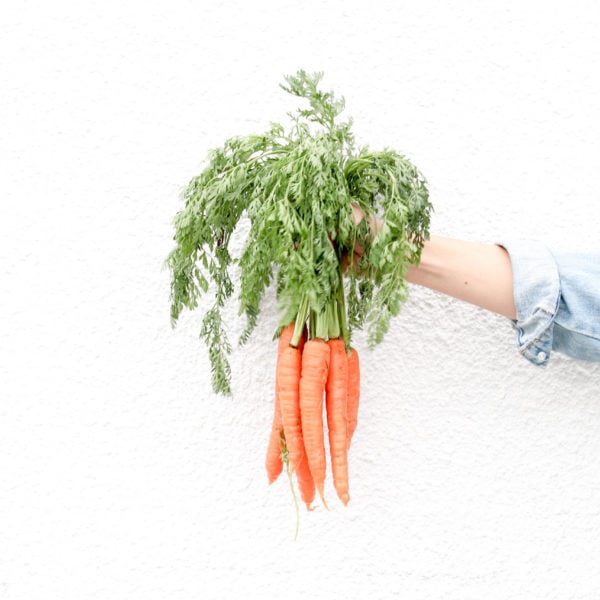
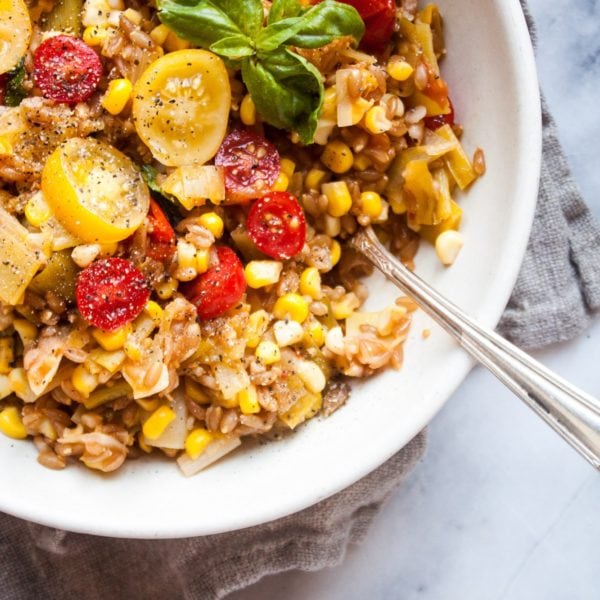

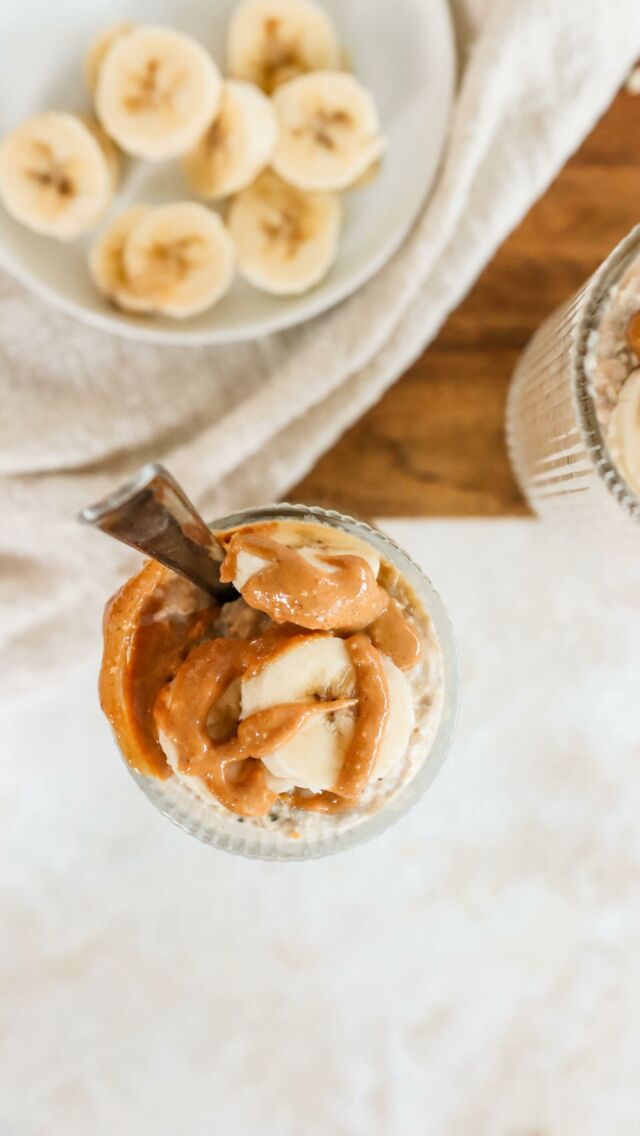


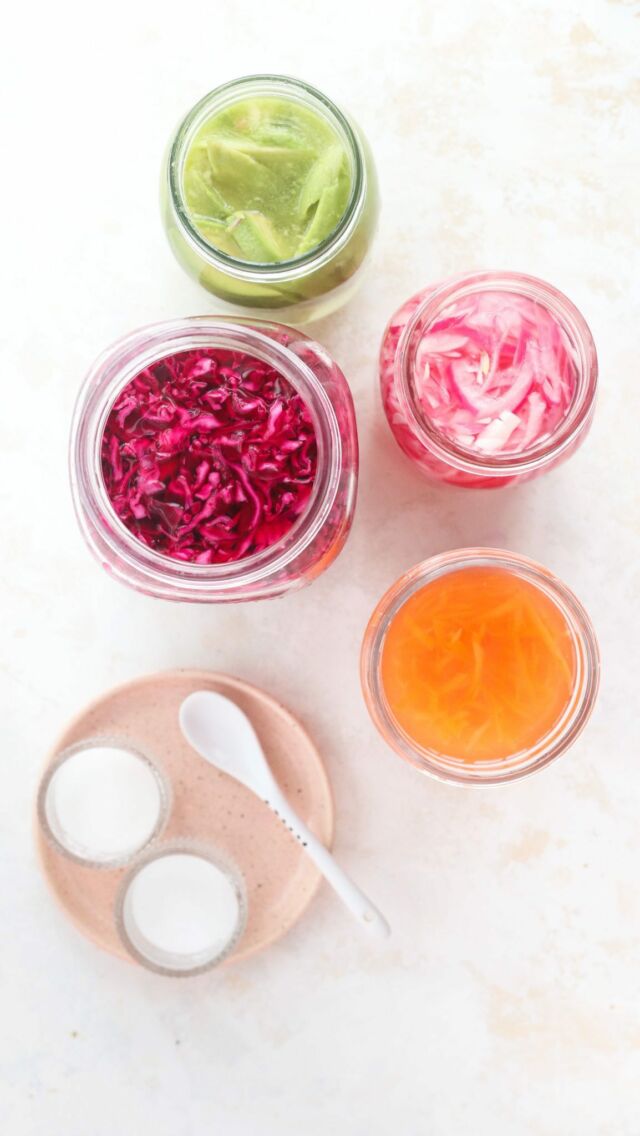
Leave a Comment & Rate this Recipe